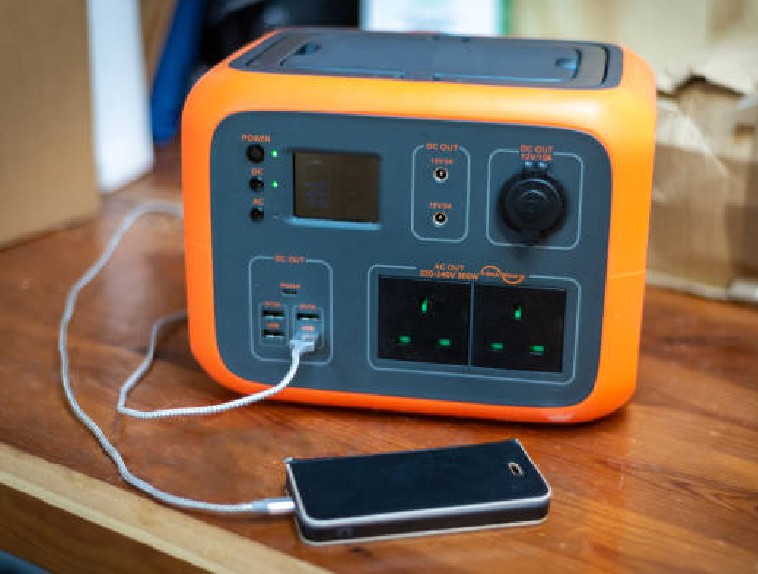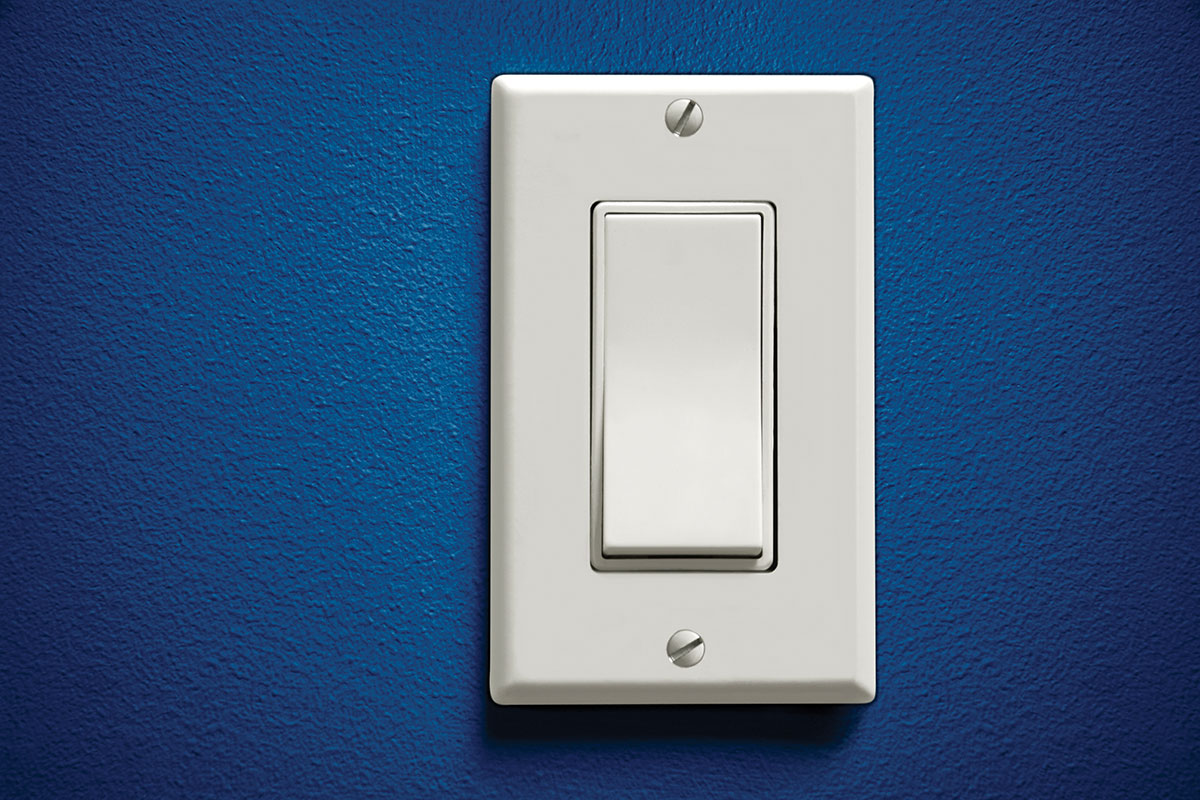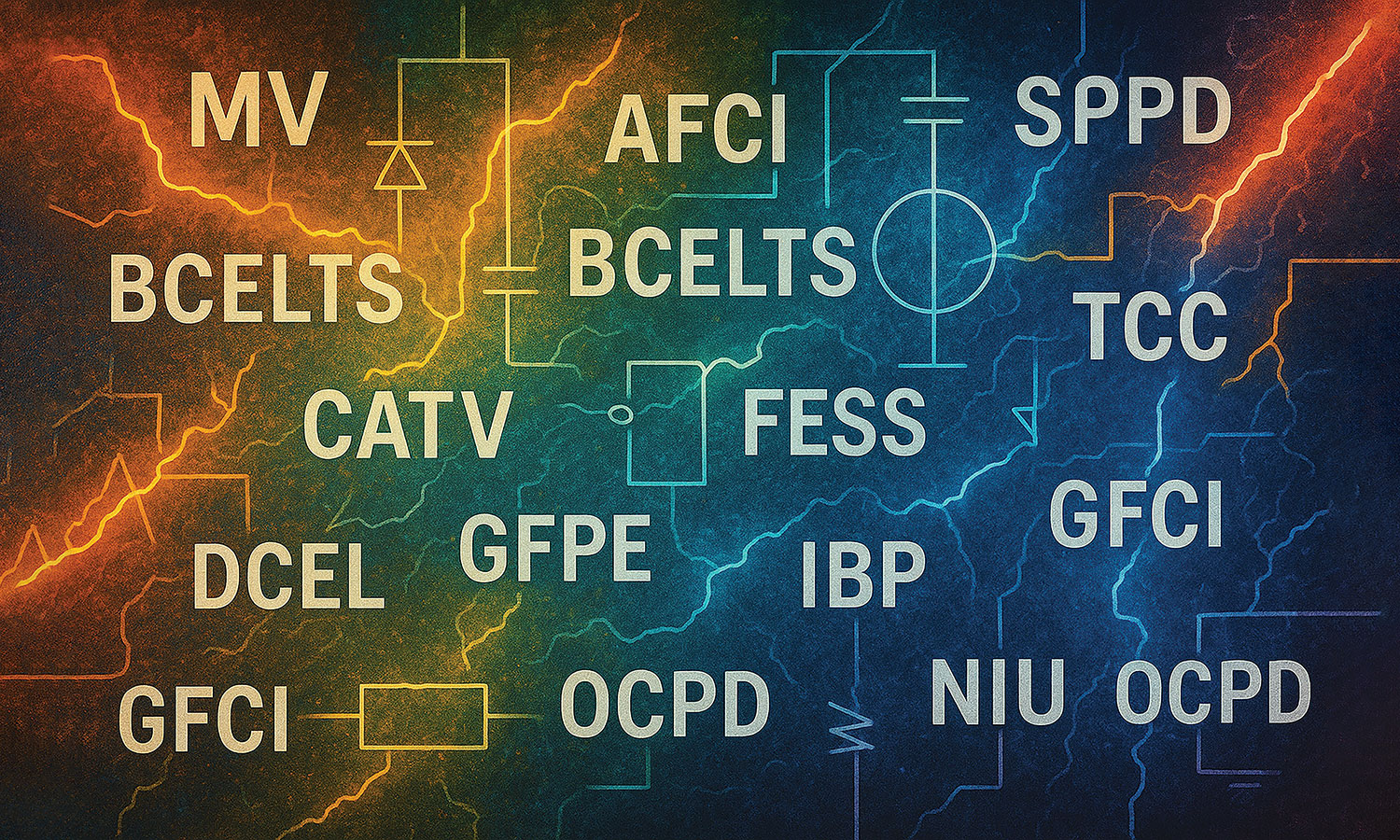Electronic equipment must meet strict shielding standards to prevent electrical noise from entering or leaving the equipment.
National Electrical Code Article 410 Parts M and N provide special provisions for luminaires (lighting fixtures) installed within recessed cavities in walls or ceilings.
A grounding electrode is defined as a conducting element that connects electrical systems and/or equipment to the earth.
The installation and inspection of an emergency electrical system are critical elements regarding the protection of persons set forth in Section 90-1 of the National Electrical Code.
This article will focus on some of the National Electrical Code requirements and common problems being experienced in the field today for high-voltage installations.
CSA International has investigated several fires over the years that were apparently caused by improperly installed electric sauna heaters.
How do we stop people from killing themselves? In particular, how do we stop teenage boys from climbing high voltage transmission towers like this one?
An assured equipment grounding conductor program (AEGCP) is a method of protection for personnel against ground-fault current flow through the body.
CSA International recently investigated an incident involving in-wall electric heaters and the results of this probe are worth revisiting.
A variety of GFCI’s for temporary wiring are available, including portable and plug-in types and circuit-breaker types, types built into attachment plug caps, and receptacle types.




